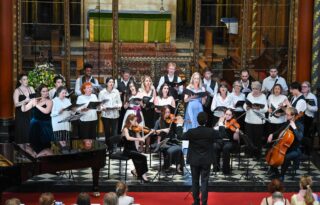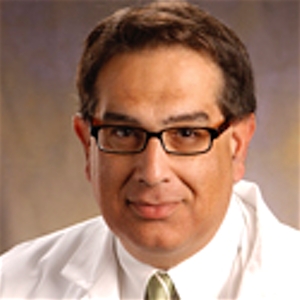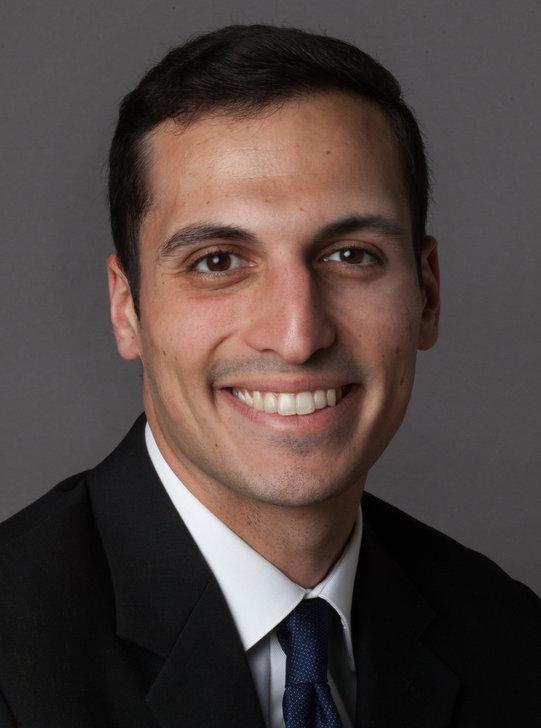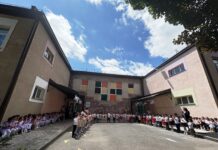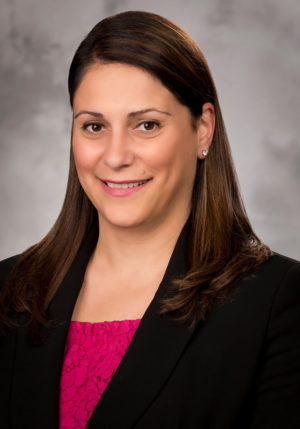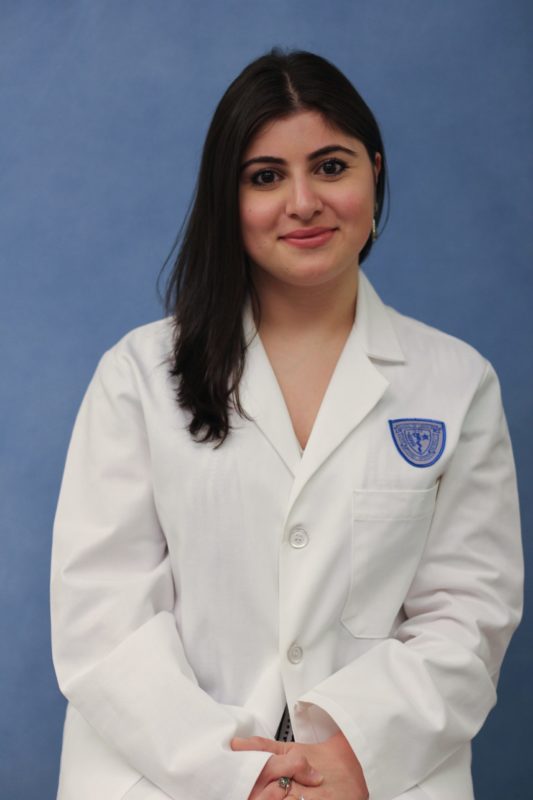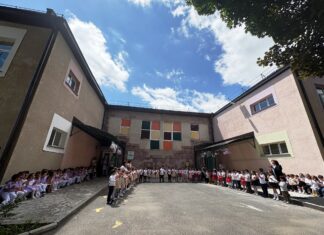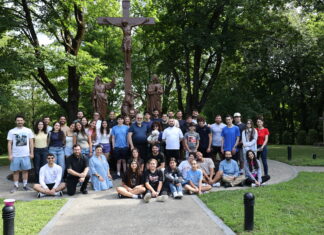By Harry Kezelian III
Special to the Mirror-Spectator
DETROIT — As the COVID-19 crisis has wreaked havoc on the nation and particularly the state of Michigan, the Metro Detroit Armenian community and the St. John’s Armenian Church parish have been feeling the wide-ranging effects of this epidemic. Everyone is familiar with quarantining as well as the restrictions that have been placed on meeting for Badarak and fellowship. Not everyone may be as familiar with the full picture of this pandemic from the health care perspective, however. Fortunately, the St. John’s community is home to numerous health care professionals who have been heroically doing their part to fight the virus. Although we were not able to speak to every single health care worker for this article, we present here six different perspectives on the COVID crisis in Southeast Michigan.
Dr. Neshan Ohanian is an anesthesiologist at Beaumont Hospital in Royal Oak. As head of the anesthesiology response team he is certainly one of the most integral doctors in the fight against COVID in the local area. Beaumont has had more COVID patients than anywhere else in Metro Detroit. There have been more than 840 patients at Beaumont so far, and tragically, about 75 percent have died. Ohanian says that as head of the anesthesiology unit he formed “airway” teams to intubate COVID patients, and personally designed all the protocols for the ORs in relation to the pandemic. On some days he would intubate as many as 14 people.
He says that after being put on a ventilator, 60 percent of the patients ended up dying.
“I’ve never come across anything like this in my career,” he stated. “It has been an incredibly intense emotional experience for all of us who were on the Airway team. It’s tough to go into a room and talk to someone, and then you hear that afternoon or the next day that they’ve passed away.”
